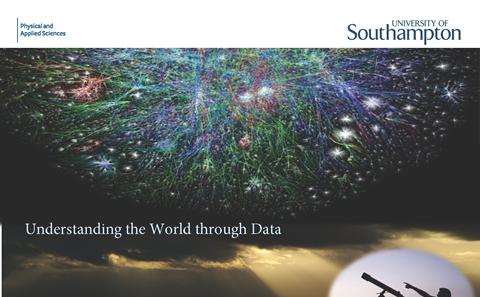CROSS INSTITUTE DATATHON: Mobilisation and Emergency Responses to Natural Disasters Event

- Time:
- 10:00 - 18:30
- Date:
- 21 July 2015
- Venue:
- University of Southampton Mountbatten Building 53, Room 4025 A/B Highfield Campus Southampton
For more information regarding this event, please email Sam Collins at S.A.Collins@soton.ac.uk .
Event details
The University of Southampton will be holding a one-day Cross Institute Datathon to work on a number of recent natural disasters. Working with teams across Southampton University including researchers from the computational sciences, natural sciences, social sciences and life sciences, we will be running a series of challenges where teams will work towards designing systems to support the recent disasters in Nepal. With access to population, demographic, social, and geographic datasets, we are inviting people to team up examine how these datasets can be used to help support the release of aid, or better guide aid workers to areas that need the most support.
“Being able to manage and forecast natural disasters and medical epidemics has become an important topic as we become an even more inter-connected world. Before the wide-spread use of digital technology, the only way to monitor, analyse and understand issues such as the spread of an infectious virus or where disaster response teams need to deploy aid, was to use on-the-ground information, or by word of mouth. More often than not, the analysis would be performed post-event, thus limiting the responsiveness. However, given the prolific growth of Internet- and Web-enabled technologies and devices, researchers and scientists are now examining how the data that these new forms of digital devices produce can be used to support humanitarian issues. Take for instance Google Flu Trends, a tool which uses the data produced from humans searching on Google and combines it with other sources of data in order to forecast the next outbreak and spread of flu. Similarly, there are various crowdsourcing platforms being developed which enables individuals within disaster zones to provide on-the-group mapping information to provide an up-to-date view of areas that require help, or even, in the case of the Haiti earthquake, provide a high-resolution map of the city within 24 hours. These are just some example of how using data produced by human activity can provide insight into world-wide issues.”
We’ll be releasing more information about this exciting event shortly, but to register a place please go to our Eventbrite registration page.